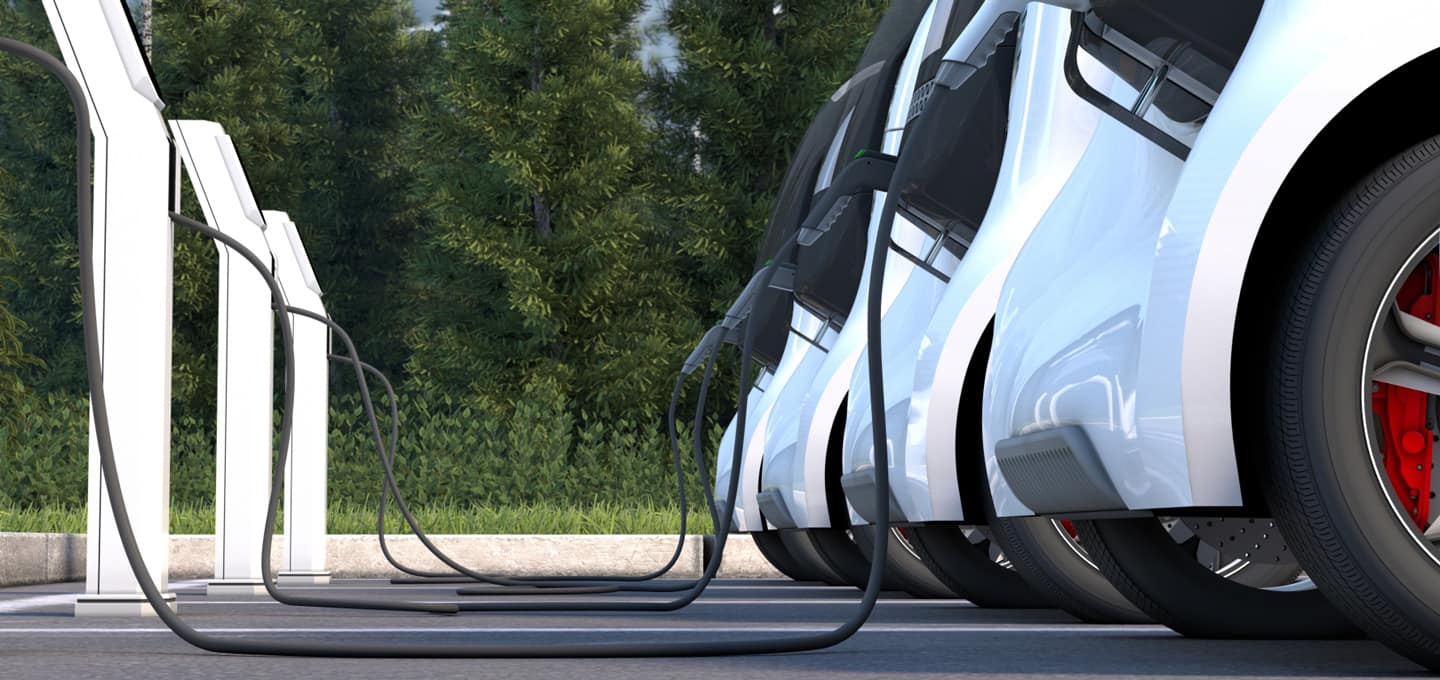Just ahead of the climate conference at the beginning of November, the SAP software group announced that its entire vehicle fleet would consist of electric vehicles as of 2025. If the vehicles are powered by electricity from renewable sources, this would improve more than just the company’s own carbon footprint. Companies also rate favorably with regard to corporate social responsibility (CSR) when it comes to sustainability reporting. This is measured using environmental and social aspects, as well as good corporate governance, and is becoming increasingly important. Increasingly, customers also expect commitment to climate protection.
Not forgetting that employers ultimately benefit from generous financial support from the tax department: The purchase of a pure e-car is subsidised with up to 9,000 euros and the purchase of a plug-in hybrid with up to 6,750 euros. It may be worthwhile to act quickly, especially with regard to hybrid vehicles: The new Federal Minister of Economics and Climate Protection, Robert Habeck, has extended the funding conditions and amounts until December 31, 2022. However, the maximum subsidy could decrease as of 2023. For plug-in hybrids, it could be dispensed with entirely. From August 1, 2023 onward, these must provide a minimum electric range of 80 kilometers, as well as a specific proportion of electric driving. Company cars will only be eligible for tax benefits if they are more than 50 percent electric.
In addition, the vehicle tax will be waived until the end of 2030 if the electric vehicle is first registered prior to December 31, 2025. And electric vehicles are also privileged in terms of taxes on countervailing benefits. These annual savings should not be underestimated given the high purchase prices.
E-bikes also enjoy tax benefits
Electric-powered job bikes are also highly popular. The type of transfer determines how they are to be classified for tax purposes. Options such as salary conversion or complete financing by the employer are possible given that these also offer advantages with regard to countervailing benefit taxation. The salary and the price of the bike determine whether purchasing or leasing a job bike is more worthwhile: The higher both are, the more attractive leasing is as an option, because high leasing payments increase the tax-free portion of the salary used to pay the leasing installment. As a consequence, the main beneficiaries are higher earners who have to pay higher tax rates.
However, it pays to be careful: If employees resign, take parental leave or a sabbatical, the leasing contract continues. In some cases, the company may be left with the bike. These are often expensive bikes with customized configurations and people’s tastes vary. In cases like these, employers should conclude a contract transfer agreement with the employee and involve the lessor. A pool solution may be a viable alternative. Employees should also be permitted to use the bikes privately to make them a more attractive option.
Initially, offering a pool solution for e-cars may also serve as an effective means of making electromobility appealing.
Caution: Liability
If an employer provides an employee with an electric car for business and private use together with a wallbox for charging, the company also needs to conclude an exclusion of liability agreement with the company car driver. Otherwise, in the worst case, the employer may end up being liable for any damage caused by a short circuit, for example, when recharging at home with the wallbox.
Mobility budget for younger employees and lower salary groups
Younger employees place less value in owning a car, and are more focused on flexibility and sustainability. The more attractive option here is a mobility budget that they can use for buses and trains, bicycles, e-scooters, car sharing or rental cars. This enables companies to boost their appeal among lower salary groups, which are not entitled to a company car. Depending on exactly how this is implemented, this approach also provides tax benefits. However, the co-determination rights of the Works Council must always be taken into account when implementing a budget of this type. Given the lack of transport alternatives in rural areas, mobility budgets primarily remain an option in major cities. This is because urban and rural populations have vastly differing mobility requirements, as illustrated by an Allensbach study commissioned by the German Association of the Automotive Industry.
What applies in terms of labor law?
Essentially, all the rules under labor law which apply to the transfer of company cars with combustion engines are equally applicable to electric vehicles. A legal foundation via an employment contract, company agreement or collective bargaining agreement is essential. A general regulation for the company is also a more sensible option at companies without a works council because, in contrast, individual agreements have the disadvantage of requiring the employee to agree to changes. In addition, company cars often continue to represent a status symbol. Companies able to fall back on a company car policy enjoy greater flexibility. The “principle of equal treatment under labor law” also needs to be considered when benefits are granted collectively. Deciding who receives an electric car, job bike or mobility budget, and who does not, has to be adequately justified.
Whether an electric company car, a job bike or a mobility budget, HR managers need to thoroughly understand the tax aspects of the many different models. When deciding for or against electromobility, companies have to weigh up the image gains, corporate social responsibility and sustainability reporting benefits, as well as the tax advantages, against higher acquisition costs and administrative overheads. In view of the shortage of skilled workers, the greater attractiveness as an employer looks to become an increasingly important factor.









